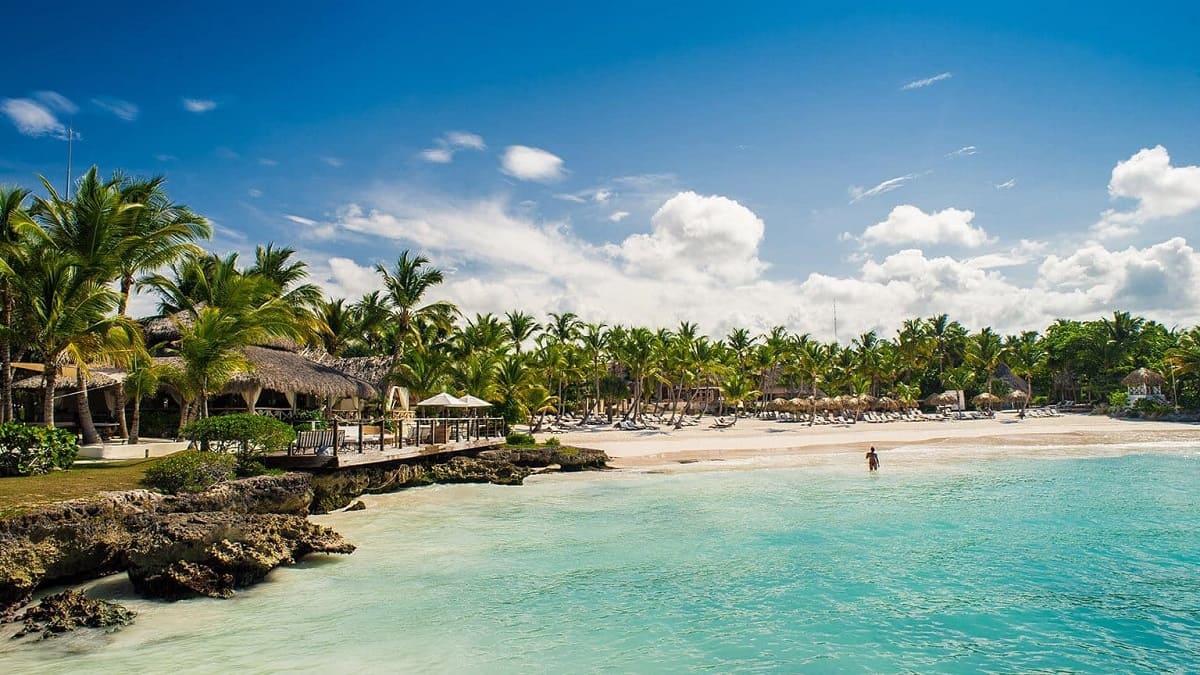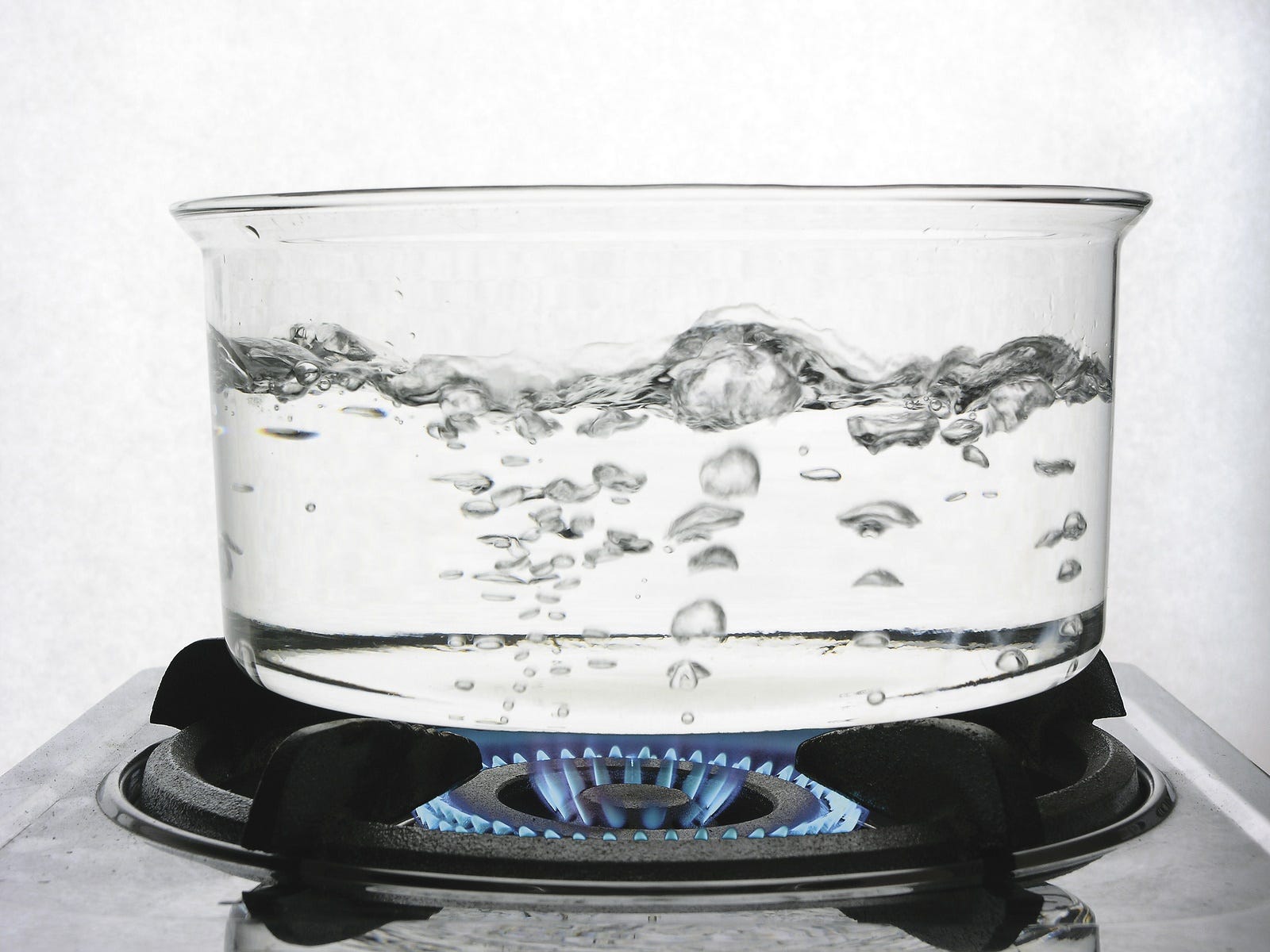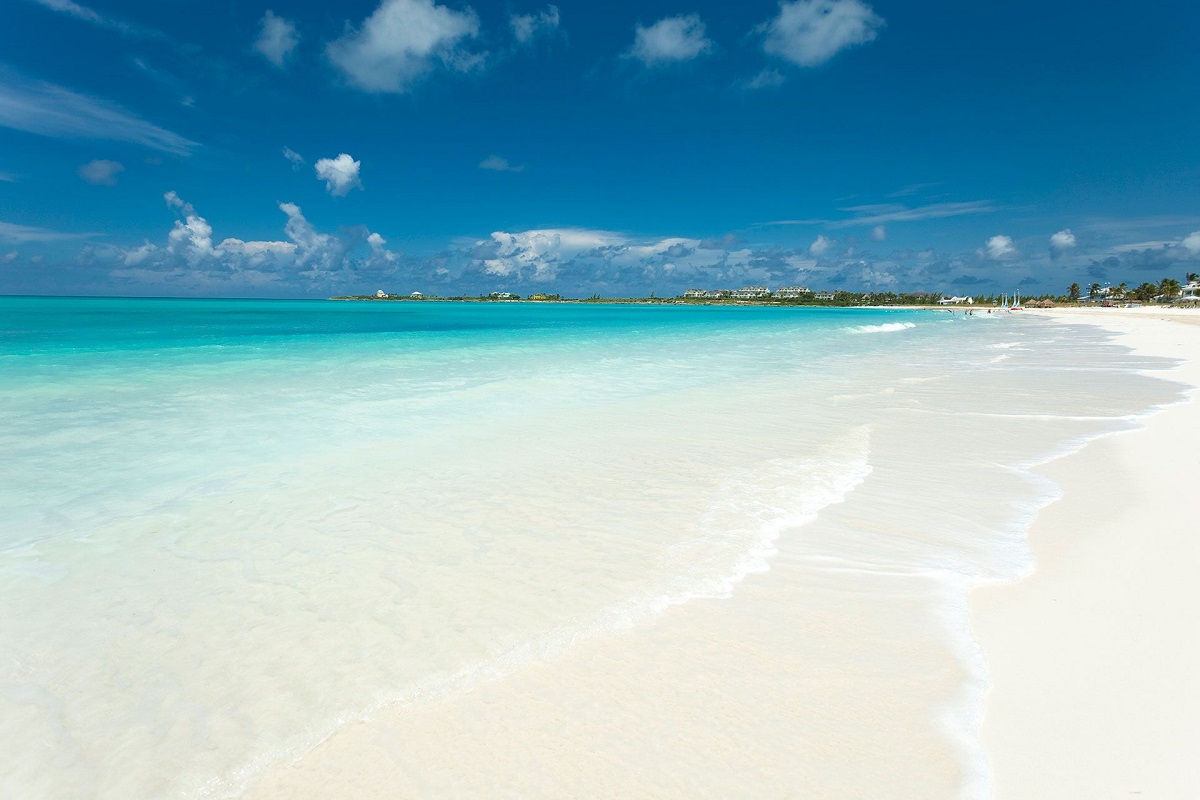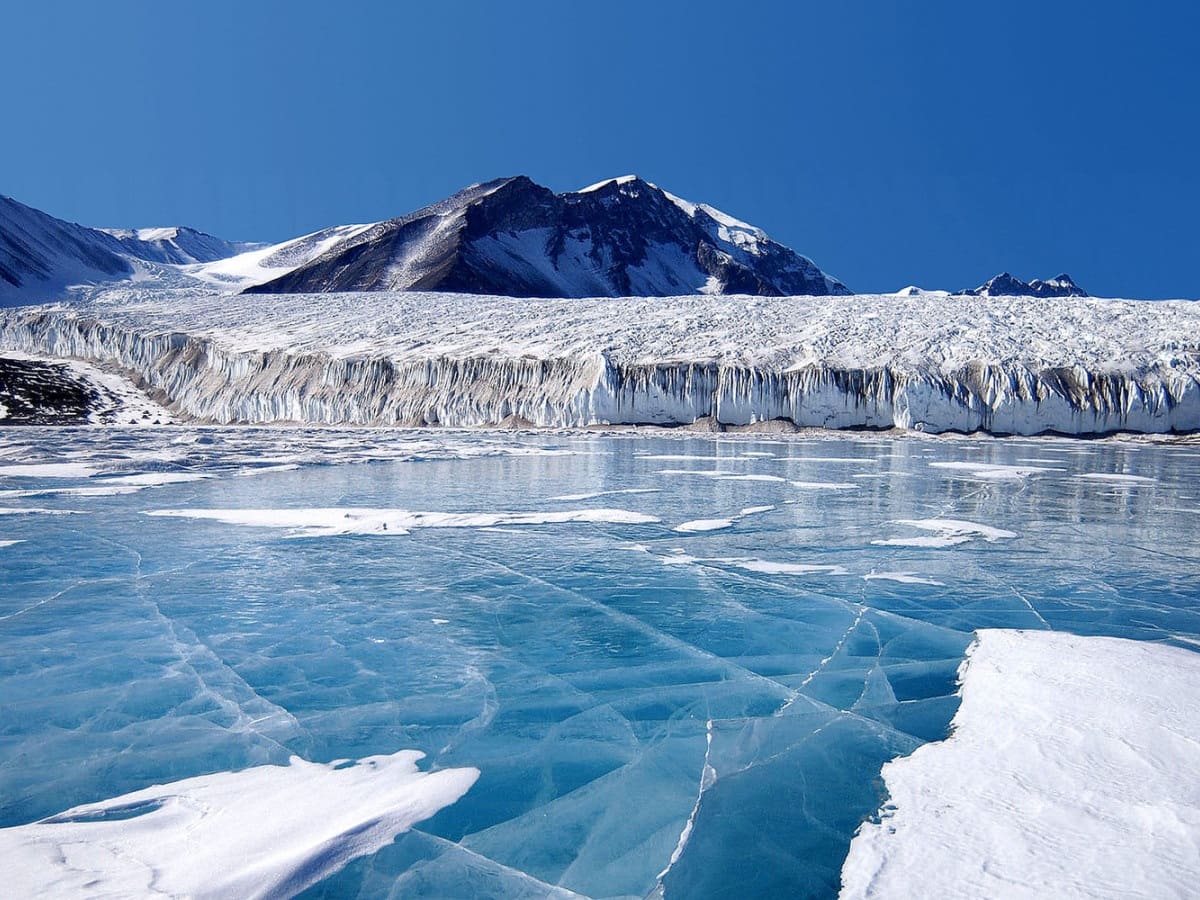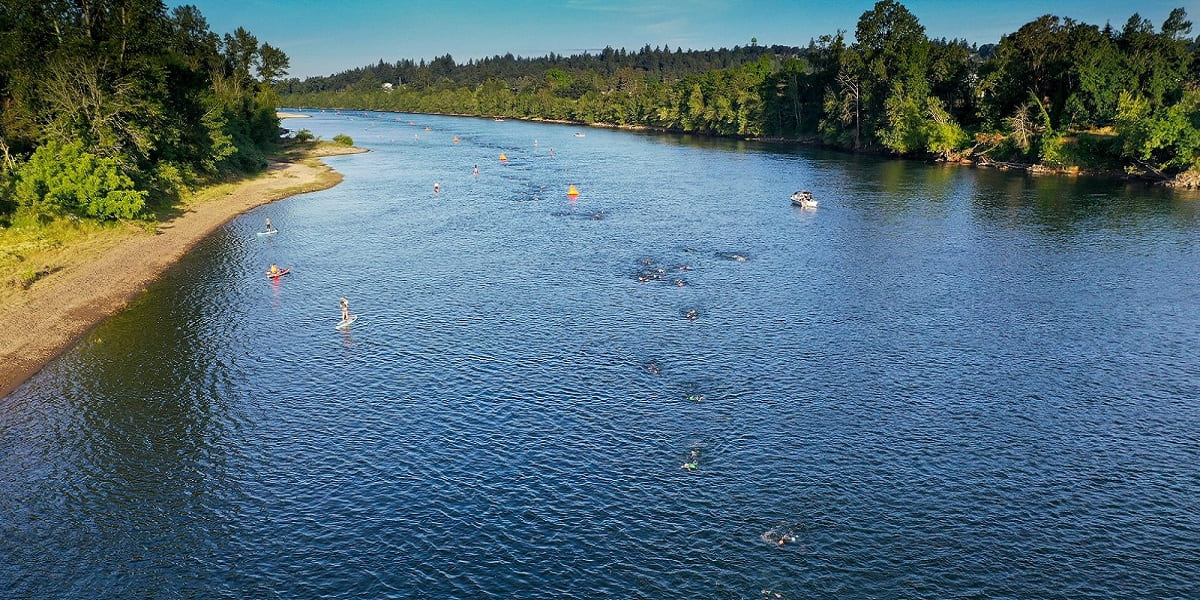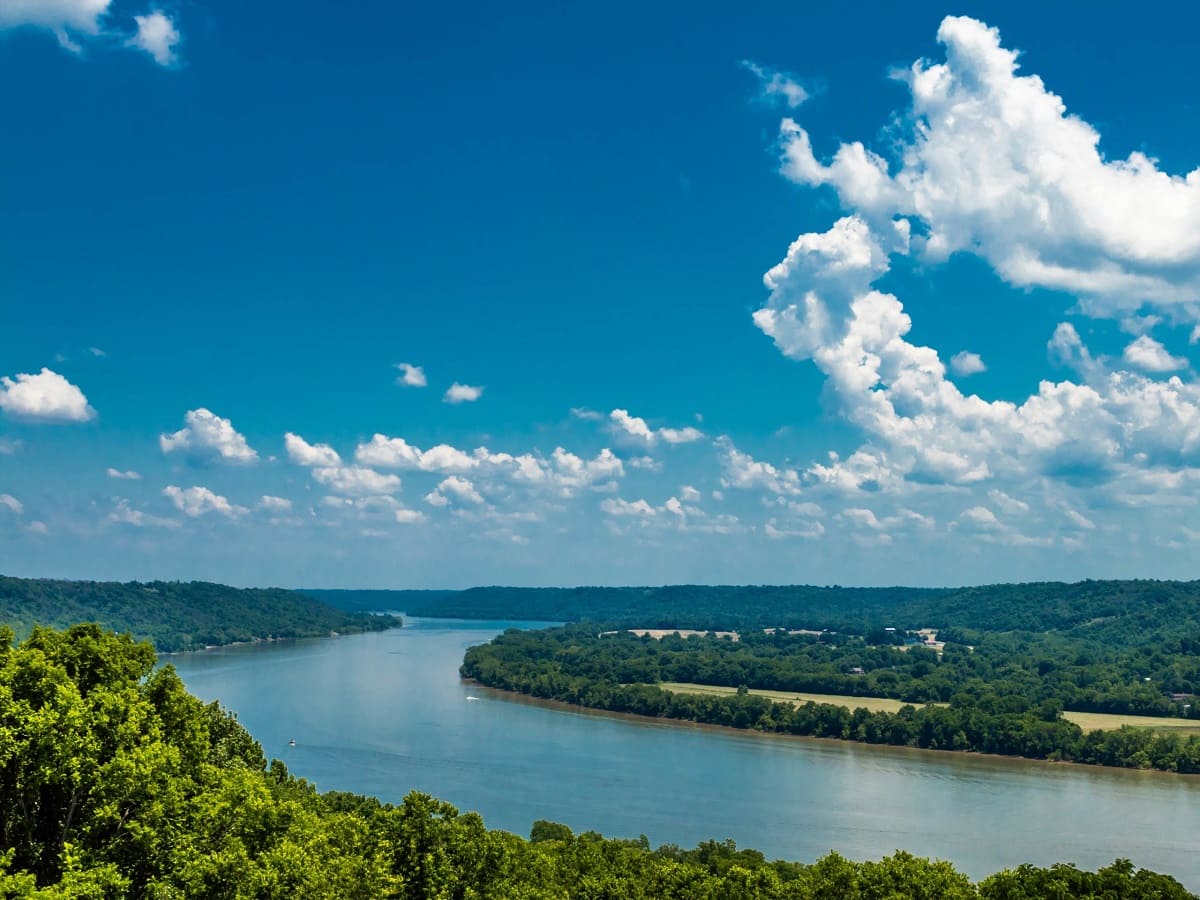Home>Weather and Climate>Australian Water Temperature Guide
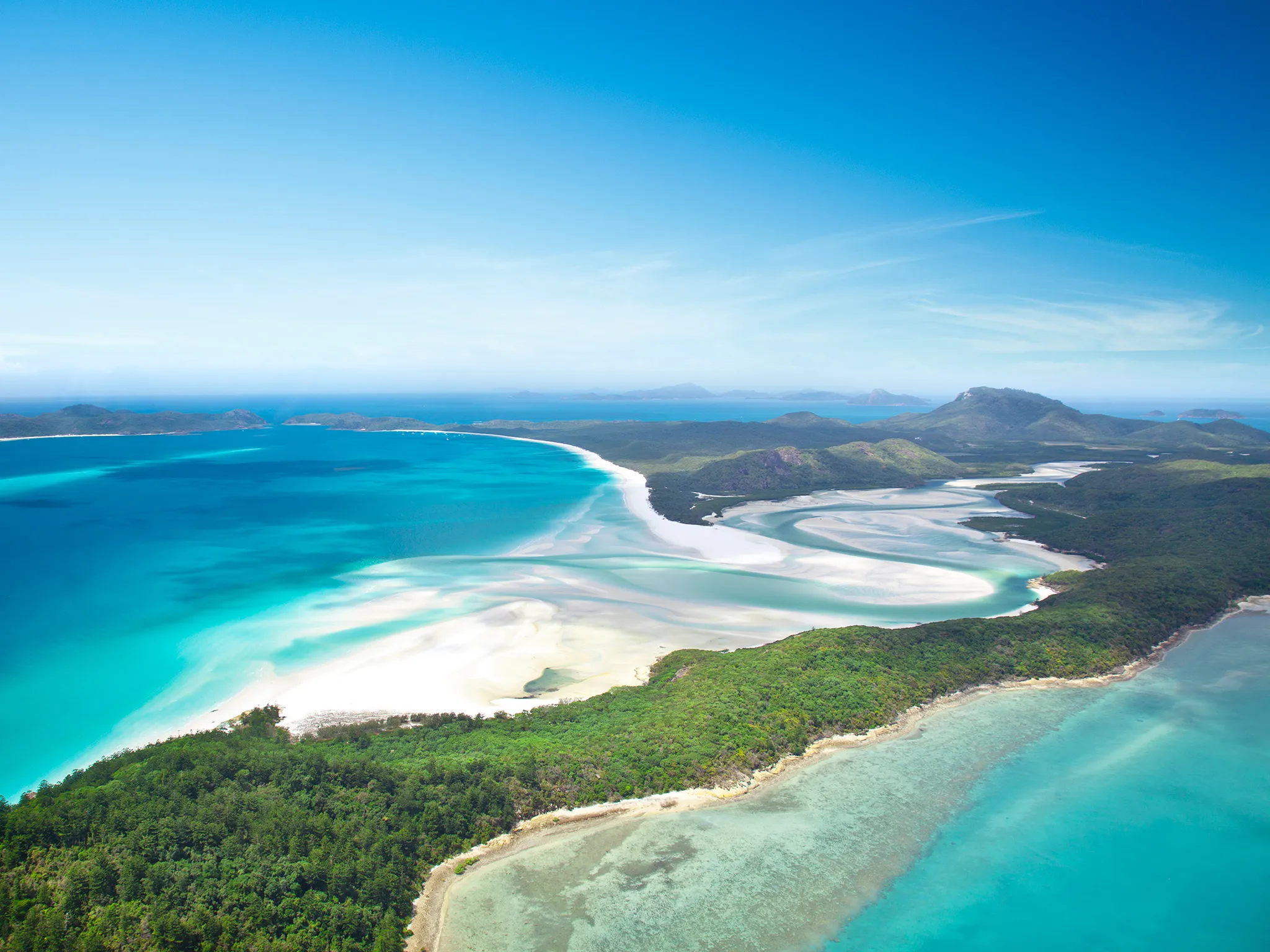

Weather and Climate
Australian Water Temperature Guide
Published: March 3, 2024
Plan your trip with confidence using our Australian Water Temperature Guide. Discover the best time to visit and enjoy ideal weather and climate conditions. Explore our comprehensive data now!
(Many of the links in this article redirect to a specific reviewed product. Your purchase of these products through affiliate links helps to generate commission for Temperatures.com, at no extra cost. Learn more)
Table of Contents
Understanding Water Temperature
Water temperature plays a crucial role in shaping the climate and ecosystems of our planet. It refers to the degree of warmth or coldness of a body of water, which can vary significantly based on location, season, and depth. Understanding water temperature is essential for various activities, including swimming, fishing, and marine conservation efforts.
Water temperature is a key indicator of the overall climate and weather patterns in a specific region. It directly influences the behavior of marine life, such as fish and coral reefs, and impacts the frequency and intensity of weather events like hurricanes and typhoons. Additionally, water temperature affects the distribution of ocean currents, which in turn influences global weather patterns.
In Australia, water temperature varies widely across different regions due to the country's vast coastline and diverse marine environments. The northern waters of Australia, including the Great Barrier Reef, experience warmer temperatures year-round, making them ideal for tropical marine life and water activities. Conversely, the southern coast, particularly in Tasmania, tends to have cooler water temperatures, influenced by the surrounding Antarctic currents.
Water temperature also plays a critical role in regulating the Earth's overall climate. Oceans act as massive heat sinks, absorbing and releasing heat over extended periods. This process helps moderate the temperature of the atmosphere, influencing weather patterns and precipitation levels. Warmer ocean temperatures can lead to the intensification of tropical storms, while cooler temperatures may result in milder weather conditions.
Furthermore, understanding water temperature is essential for assessing the health of aquatic ecosystems. Slight changes in water temperature can impact the breeding and migration patterns of marine species, leading to ecological imbalances. Monitoring water temperature is crucial for identifying potential environmental threats, such as coral bleaching and the spread of invasive species, allowing for timely intervention and conservation efforts.
In summary, water temperature serves as a vital indicator of the Earth's climate and influences a wide range of natural processes, from marine life behavior to global weather patterns. By comprehending the complexities of water temperature, scientists, conservationists, and enthusiasts can work together to safeguard our oceans and ensure the sustainability of aquatic ecosystems for future generations.
Read more: Monthly Destin Water Temperature Guide
Factors Affecting Australian Water Temperature
The water temperature around Australia is influenced by a myriad of factors, creating diverse aquatic environments along the country's extensive coastline. Understanding these factors is crucial for comprehending the variations in water temperature and their impact on marine life, weather patterns, and recreational activities.
1. Latitude and Sunlight Exposure
Australia's vast geographical expanse results in varying levels of sunlight exposure across different regions. Areas closer to the equator, such as the northern coast of Australia, receive more direct sunlight throughout the year, leading to warmer water temperatures. Conversely, regions in the southern hemisphere, such as Tasmania, experience lower average temperatures due to reduced sunlight exposure.
2. Ocean Currents and Circulation
The complex network of ocean currents surrounding Australia significantly influences water temperature. The warm East Australian Current, for instance, flows southward along the eastern coastline, transporting tropical waters and contributing to the relatively warmer temperatures experienced in the region. In contrast, the cold Antarctic Circumpolar Current influences the southern coast, leading to cooler water temperatures, particularly in the Tasman Sea and Southern Ocean.
3. Seasonal Variations
Seasonal changes play a pivotal role in shaping water temperature around Australia. During the summer months, the northern waters experience elevated temperatures, creating ideal conditions for marine life and water activities. In contrast, winter brings cooler temperatures, especially in the southern regions, impacting the behavior of marine species and influencing recreational pursuits.
Read more: Tampa Water Temperature Guide
4. Depth and Topography
The depth and topography of the ocean floor contribute to the variability of water temperature. Shallow coastal areas tend to warm up more quickly due to solar heating, while deeper offshore regions maintain relatively stable temperatures. Additionally, underwater features such as coral reefs and seamounts can create localized temperature variations, influencing the surrounding marine ecosystems.
5. Climate Change and Human Activities
The overarching impact of climate change and human activities cannot be overlooked when considering water temperature. Rising global temperatures and anthropogenic influences, such as pollution and coastal development, pose significant threats to the stability of water temperature and marine ecosystems. These factors can lead to shifts in oceanic conditions, affecting the distribution of marine species and altering the overall thermal balance of coastal waters.
By recognizing and analyzing these multifaceted factors, scientists, policymakers, and environmentalists can gain valuable insights into the complexities of Australian water temperature. This understanding is essential for implementing effective conservation measures, managing marine resources, and mitigating the potential impacts of climate change on aquatic environments.
Popular Australian Water Temperature Destinations
Australia boasts a diverse array of captivating water temperature destinations, each offering unique aquatic experiences and breathtaking natural beauty. From tropical paradises to temperate coastal havens, these destinations attract visitors seeking to immerse themselves in the allure of Australia's marine environments.
-
Great Barrier Reef, Queensland
The Great Barrier Reef stands as a globally renowned destination, celebrated for its warm and inviting water temperatures year-round. Located off the coast of Queensland, this iconic marine ecosystem teems with vibrant coral reefs and an abundance of marine life. The crystal-clear waters, with temperatures averaging around 24-29°C (75-84°F), create an ideal environment for snorkeling, scuba diving, and observing the kaleidoscopic underwater world. -
Sydney Harbour, New South Wales
Sydney Harbour offers a delightful blend of urban sophistication and coastal charm, accompanied by pleasant water temperatures ranging from 18-24°C (64-75°F) during the summer months. This picturesque harbor provides ample opportunities for sailing, kayaking, and swimming, allowing visitors to relish the scenic beauty of the harbor while enjoying the temperate waters. -
Whitsunday Islands, Queensland
The Whitsunday Islands, nestled amidst the Coral Sea, boast pristine beaches and inviting waters with temperatures averaging 23-28°C (73-82°F). This tropical paradise offers an idyllic setting for water enthusiasts, with activities such as snorkeling, sailing, and beachcombing. The allure of the Whitsundays lies in its tranquil bays and the mesmerizing underwater wonders waiting to be explored. -
Rottnest Island, Western Australia
Off the coast of Perth, Rottnest Island beckons with its crystal-clear waters and comfortable temperatures ranging from 19-23°C (66-73°F) during the summer. The island's marine environment is a haven for snorkelers and divers, showcasing an array of colorful fish and thriving coral reefs. Visitors can revel in the island's laid-back atmosphere while basking in the inviting waters surrounding its shores. -
Port Douglas, Queensland
Port Douglas, situated near the northern edge of the Great Barrier Reef, offers a tropical escape with water temperatures averaging 23-29°C (73-84°F) throughout the year. The balmy waters provide an ideal setting for various water activities, including snorkeling, swimming, and exploring the diverse marine ecosystems. Port Douglas serves as a gateway to the wonders of the reef, inviting travelers to indulge in its aquatic splendor.
These popular Australian water temperature destinations showcase the country's rich marine diversity and offer an array of experiences for water enthusiasts. Whether seeking tropical warmth or temperate coastal charm, these destinations beckon visitors to immerse themselves in the allure of Australia's aquatic wonders.
Tips for Enjoying Different Water Temperatures
Embracing the diverse water temperatures found across Australia's coastal regions opens up a world of aquatic adventures and leisure activities. Whether you find yourself in the warm tropical waters of the Great Barrier Reef or the cooler coastal currents of Tasmania, there are various tips to enhance your experience and make the most of each unique aquatic environment.
Read more: Cozumel Water Temperature: Monthly Guide
1. Dress Accordingly
When venturing into cooler waters, it's essential to dress appropriately to maintain comfort and regulate body temperature. Wearing wetsuits or thermal rash guards can provide insulation and protection against the chill, allowing you to extend your time in the water without succumbing to the cold. In warmer waters, lightweight and breathable swimwear are ideal for unrestricted movement and enjoyment.
2. Stay Hydrated
Regardless of the water temperature, staying hydrated is crucial for sustaining energy levels and overall well-being. Bring along a reusable water bottle to ensure adequate hydration, especially when engaging in water activities under the sun. Proper hydration contributes to endurance and helps prevent fatigue, allowing you to fully savor the aquatic experiences.
3. Acclimatize Gradually
When transitioning between water temperatures, whether from warm to cool or vice versa, it's beneficial to acclimatize gradually. Taking a few moments to adjust to the water temperature can prevent shock to the body and enhance the overall enjoyment of the experience. Slowly immersing yourself in the water allows your body to adapt, ensuring a more comfortable and pleasant aquatic encounter.
4. Use Protective Gear
In warmer waters, donning snorkeling gear, including masks and fins, enhances exploration and visibility beneath the surface. Additionally, applying reef-safe sunscreen protects your skin from the sun's rays while minimizing environmental impact. In cooler waters, consider using earplugs to prevent discomfort and maintain ear health, especially during extended periods of water activities.
Read more: James River Water Temperature: A Guide To The Current Water Temperature Of The James River
5. Respect Wildlife and Ecosystems
Regardless of the water temperature, it's essential to respect the marine life and ecosystems you encounter. Adhering to responsible snorkeling and diving practices, such as maintaining a safe distance from coral reefs and marine creatures, contributes to the preservation of these delicate environments. By treading lightly and observing wildlife from a respectful distance, you can appreciate the beauty of the underwater world while minimizing disturbances.
6. Seek Local Insights
When exploring different water temperatures in unfamiliar locations, seek insights from local experts or guides. They can provide valuable knowledge about the best times to engage in water activities, unique marine species to look out for, and safety considerations specific to the area. Embracing local wisdom enriches your aquatic experiences and fosters a deeper connection to the natural surroundings.
By embracing these tips, you can fully immerse yourself in the diverse water temperatures of Australia, from the balmy tropical waters to the refreshing coastal currents. Each aquatic environment offers its own allure and opportunities for exploration, ensuring memorable experiences for water enthusiasts of all kinds.
Importance of Monitoring Water Temperature for Safety
Monitoring water temperature is of paramount importance for ensuring the safety of individuals engaging in aquatic activities. Whether it's swimming, diving, or boating, understanding the temperature of the water plays a critical role in risk assessment and accident prevention.
-
Preventing Hypothermia and Hyperthermia: Monitoring water temperature is essential for safeguarding against the risks of hypothermia and hyperthermia. In cooler waters, prolonged exposure can lead to hypothermia, a potentially life-threatening condition characterized by a dangerous drop in body temperature. Conversely, in warmer waters, the risk of hyperthermia, which results from excessive heat absorption, necessitates vigilance to prevent heat-related illnesses.
-
Enhancing Water Safety Protocols: By monitoring water temperature, authorities and organizations can establish comprehensive safety protocols tailored to specific temperature ranges. This includes issuing advisories and guidelines for water activities based on the prevailing temperatures, ensuring that individuals are well-informed and equipped to make safe decisions.
-
Mitigating Cold-Water Shock: Sudden immersion in cold water can trigger a physiological response known as cold-water shock, leading to gasping, hyperventilation, and potential drowning. Monitoring water temperature allows for the identification of areas prone to cold-water shock, prompting the implementation of targeted safety measures and educational initiatives to minimize the associated risks.
-
Facilitating Emergency Response Preparedness: Accurate monitoring of water temperature enables emergency response teams to anticipate and prepare for potential incidents. Understanding the temperature conditions allows for the optimization of rescue and recovery efforts, ensuring that appropriate measures are in place to address emergencies effectively.
-
Protecting Vulnerable Populations: Certain demographic groups, such as children, the elderly, and individuals with pre-existing health conditions, are particularly susceptible to the effects of extreme water temperatures. Monitoring water temperature is crucial for protecting these vulnerable populations, allowing for the implementation of tailored safety measures and educational outreach to mitigate risks.
-
Promoting Responsible Recreation: By emphasizing the importance of monitoring water temperature, a culture of responsible recreation can be fostered, encouraging individuals to make informed decisions regarding their aquatic activities. This proactive approach promotes a sense of personal responsibility and collective awareness, contributing to a safer and more enjoyable aquatic environment for all.
In essence, the significance of monitoring water temperature for safety cannot be overstated. It serves as a foundational element in risk management, emergency preparedness, and the promotion of responsible behavior in aquatic settings. By prioritizing the monitoring of water temperature, individuals, communities, and authorities can work collaboratively to create safer and more secure environments for water-based activities.


